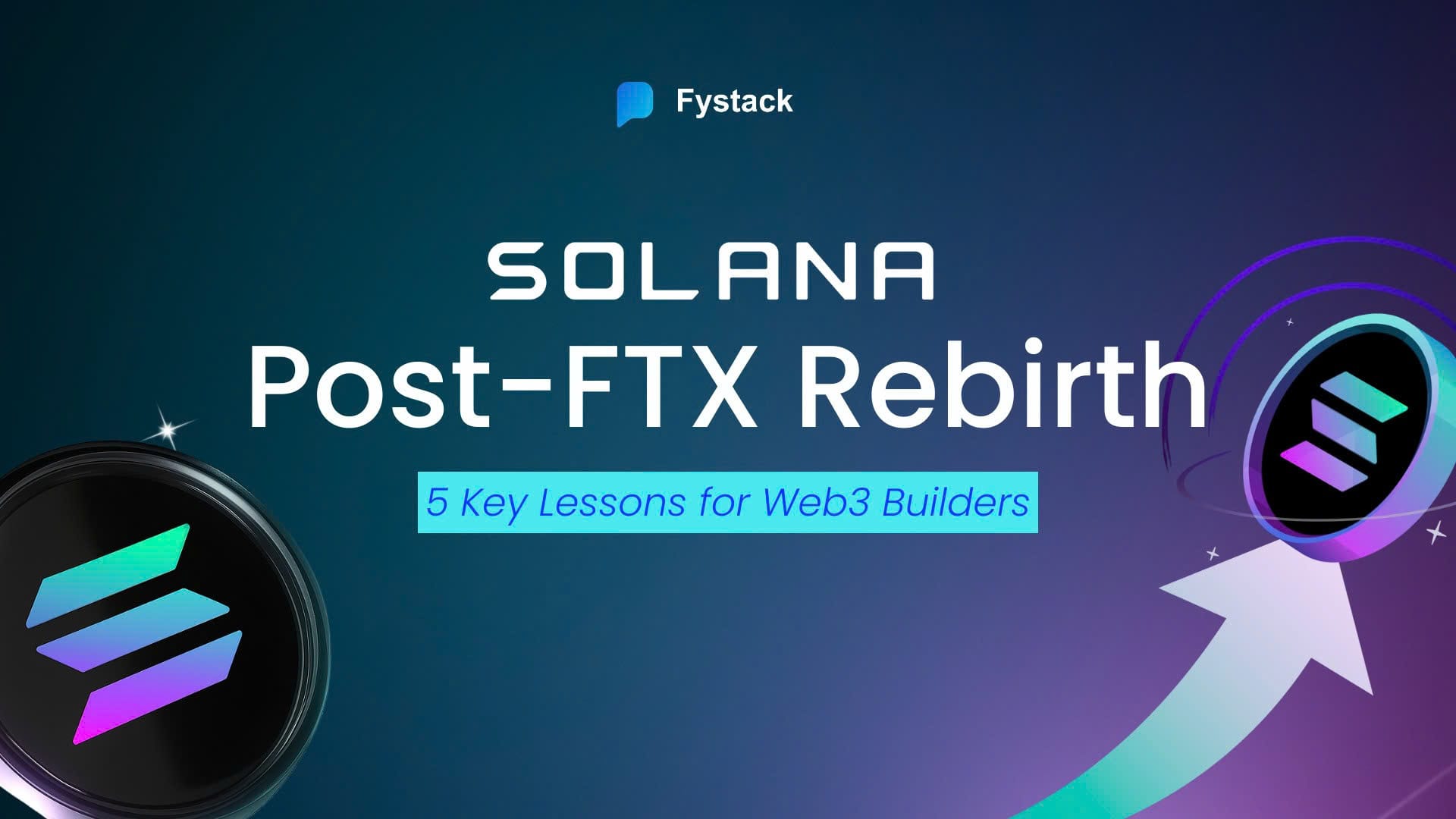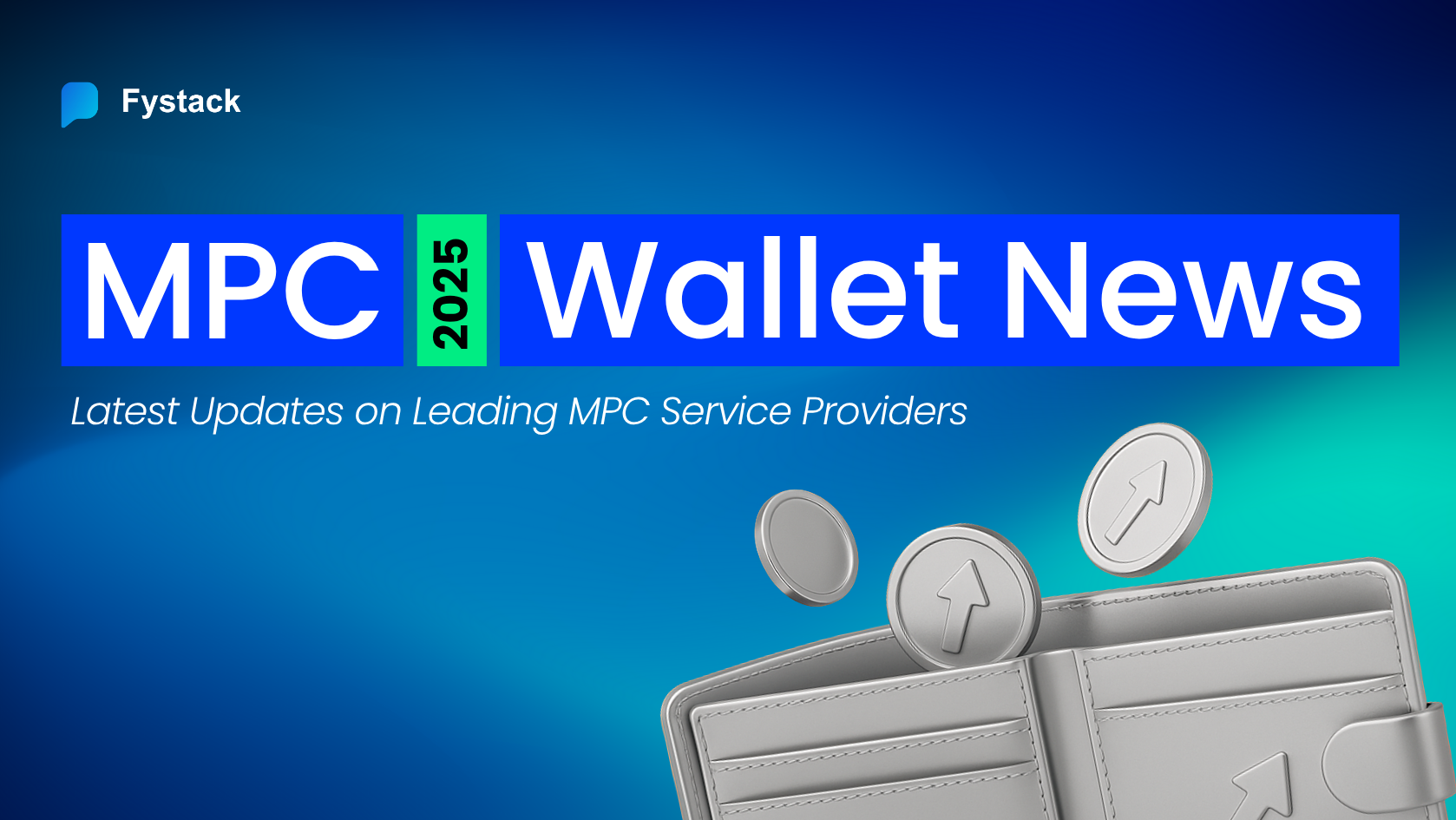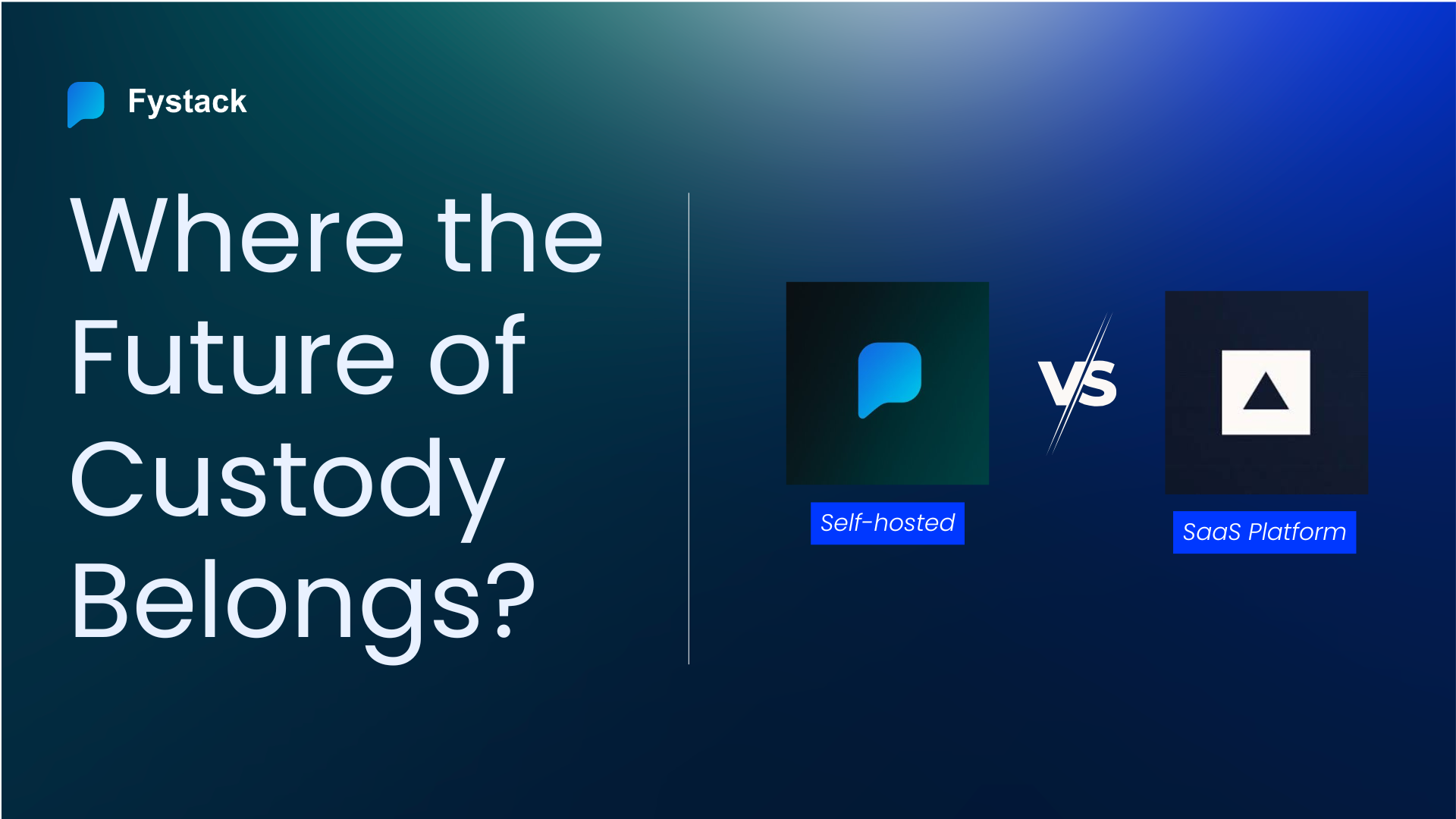The Era of Real-World Assets (RWA): Why Tokenization Needs Secure Wallet Infrastructure Powered by MPC
Ted Nguyen
Author
BD & Growth @Fystack

RWAs: Hype or Real Opportunity?
Let's be honest about RWAs. If you spend any time on developer forums or the biggest forums on the Internet, Reddit, you've probably seen the skepticism around Real-World Assets (RWAs). The conversation often sounds like this:
"The idea that trillions of dollars will just 'flow' into RWAs sounds like another crypto hype cycle, not a short-term reality."
"Most RWA projects are just pilots and press releases. How many are actually live and handling significant value?"
"Tokenization might offer 24/7 liquidity, but if the token doesn't grant the same voting rights as the original stock, what's its true value?"

And you know what? The skeptics have a point.
The road to RWA adoption has been much slower and more complex than the headlines suggest. The reason for this isn't because the idea is wrong, but because tokenizing a real-world asset isn't just a tech problem.
It’s a legal, compliance, and most importantly, an infrastructure security problem.
In this article, we’ll explore what makes RWAs special, how they actually work, and identify the single most critical piece of infrastructure needed to unlock their true potential.
The Use Case That Cuts Through the Hype
While exotic assets like tokenized art and collectibles are interesting, they often have to create a new market from scratch. This is where the skeptics are right to question the immediate demand.
But there's one RWA category that's different: tokenized stocks.
Unlike other experiments, tokenized stocks tap into the proven $127T global stock market with clear, existing friction points.
Think about it. The demand for stocks is already massive.
The Downside of Global Stock Market
For decades, the global stock market is well-known for these frictional points:
- Limited Trading Hours
Market are open roughly 6.5 hours a day, 5 days a week.
- Slow Settlement
The T+2 settlement cycle means trades take two business days to finalize, trapping capital and increasing counterparty risk.
- Geographical Barriers
Accessing international stocks can be complex and costly for the average investor.
Tokenization isn't trying to invent a new market here, instead, it's just offering a fundamental upgrade to the world's largest existing market.
How Does Tokenization Solve this existing pain points?
Tokenization offers a direct upgrade by providing:
- 24/7/365
Tokenization removes the artificial constraints of traditional market hours because trading's now operating 24/7/365. Global investors can trade anytime, anywhere.
- Instant Settlement
No more two-day settlement. Trades are finalized in seconds. What instant settlement brings here is the increased liquidity, reduced risk, and lower costs.
- Fractionalization & Accessibility
Consider an investor who believes in Tesla but finds its ~$440 share price prohibitive. With tokenization, they could purchase a fraction of a share through their smartphone, no need a foreign brokerage account, navigate paperwork, and pay currency conversion fees with limited working hours.

The demand is already there. The problems are clear. Tokenization is the solution.
The next question is: What is behind this Trillion-Dollar Token?
The Key Layers Behind an RWA token
Bringing a real-world asset on-chain requires an effort between several key players, each managing a critical part of the process:

Issuer
First, we begin with the Issuer, the licensed entity that creates the digital asset. For example, Backed Finance, and IXS Finance, "the Institutional Exchange Settlement Layer, providing licensed blockchain and tokenization infrastructure for the compliant, large-scale adoption of institutional tokenized real-world assets".
They work with off-chain custodians (like banks) to verify the real-world stock, handle all the legal and regulatory paperwork, and then "mint" a corresponding token on the blockchain. They ensure every token is 1-to-1 backed by a real asset.
Oracle
The blockchain operates as a closed system, meaning it cannot directly access or know information from outside its network, such as the current price of Apple stock or dividend payments.
To bridge this gap, oracles such as Chainlink serve as trusted data messengers that securely retrieve and deliver this real-world information from external sources to the blockchain’s smart contracts. This allows the smart contracts to react and execute actions based on accurate, real-time off-chain data.
Exchange
Once an asset is tokenized, people need a place to buy and sell it. This is the role of the exchange or marketplace. It connects buyers and sellers, creating liquidity.
But an RWA exchange isn’t like a regular crypto exchange where anyone can trade.
To handle tokenized real-world assets, exchanges must be ‘smart.’ This means they enforce strict compliance rules, making sure every trader is verified through KYC and authorized to hold the asset. Such controls are essential to meet legal and regulatory requirements. Examples include licensed security token exchanges like Kraken.
Custody
This is the critical security layer responsible for the safekeeping and management of tokenized assets. The integrity of the entire RWA ecosystem relies on this layer, as it directly controls access to the underlying value.
For institutions, the role of a custodian goes beyond simply preventing theft. It's about managing operational risk.
This is where technologies like Multi-Party Computation (MPC) become essential, offering a superior method for institutions to manage their digital assets with both high security and operational flexibility. The custody layer is the direct solution to the security challenges that have historically prevented widespread institutional adoption. In the current market, some MPC wallet infrastructure providers are: Fystack, Fireblocks, and BitGo.
Blockchain
This is the fundamental technology that all other layers are built upon. It functions as a decentralized, immutable, and transparent ledger that makes the entire system possible.
The primary role of the blockchain is to securely record all transactions and ownership data in a way that cannot be altered or tampered with. This provides a single source of truth for the asset's entire lifecycle.
The Billion-Dollar Security Flaw (How to Fix It)
Before we talk about the future, let's look at the harsh reality of today.
The world of digital assets is a battleground. According to Chainalysis, so far in 2025, over $2.17 billion has been stolen across 60+ major incidents.
An important part of these loses is caused by a single, common flaw: private key compromise. Hackers aren't just using complicated code to execute terrible things. They're going after the fundamental foundation of how we store assets.
If this is the risk for typical cryptocurrencies, consider the consequences when the "vault" contains billions of dollars in tokenized stocks.
Most early RWA efforts face a challenge here, and security concerns become intense. How do you protect these assets?
Using a standard private key wallet is out of the question for any serious institution. It's a single point of failure. One compromised device, one phished employee, and the assets are gone forever.
The next logical step in security?
Multi-sig wallet, which is the standard for many businesses today. This approach requires multiple people to "turn their keys" at the same time (a multi-signature wallet).
It's safer. But traditional on-chain multi-sigs are often rigid, expensive, and don't work easily across different blockchains.
This is the core infrastructure problem that has slowed down real adoption. To solve it, we need a fundamentally different approach to security. We need a system with no master key.
That system is Multi-Party Computation (MPC).
Instead of a single key, MPC distributes secret "shares" of a key to multiple parties. To sign a transaction, these parties perform a collaborative cryptographic ritual. They use their shares to produce a valid signature without ever combining them to form the full private key.
It’s the ultimate security protocol for institutions because it delivers:
- Chain-agnostic: Built to work with any blockchain, providing a single security model for a multi-chain world.
- Privacy-preserving: Signer identities and governance rules are not exposed on-chain, protecting sensitive operational details.
- Flexible & Scalable Operations: Easily change security policies, add or remove signers, and adapt to your organization's needs without costly and complex on-chain transactions.f
This is the standard of security and flexibility we are building at Fystack. Our open-source, self-hosted MPC wallet infrastructure is designed to provide the foundational security layer that developers and institutions need to finally build the bridge between traditional finance and the digital asset economy.
If you're still unsure about the difference between Multi-sig vs. MPC, read our explanation blog post here.
Conclusion
So, are the Reddit skeptics right?
In a way, yes. The road to RWA adoption is slow because it should be.
We are building the foundational rails for the future of finance
The work is complex, the stakes are high, and it all starts with getting the security right. The future belongs to those who build on a foundation that is not just powerful, but also open, transparent, and sovereign.
For those ready to build that future:
Developers: Explore our MPC implementation on GitHub
Institutions: Learn how Fystack's self-hosted MPC infrastructure can provide the security you need.



